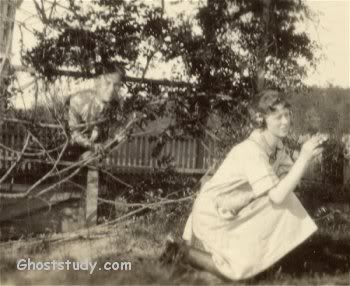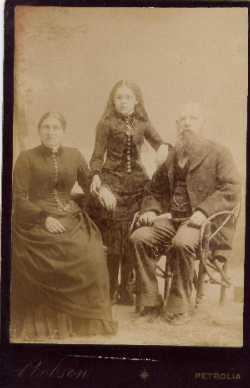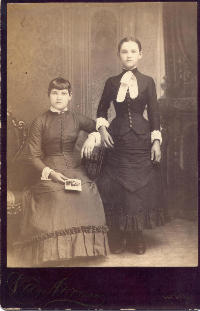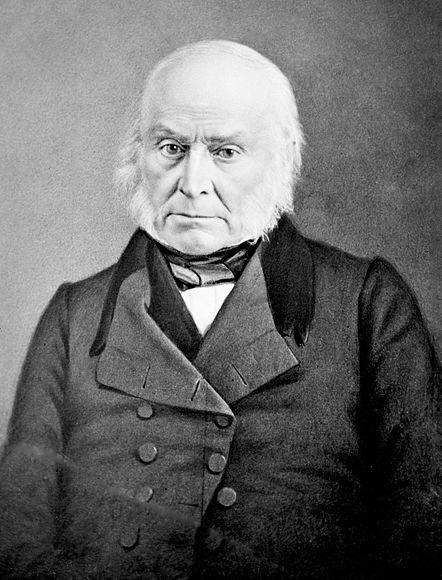Do they have active imaginations, or is there something creepier to blame?
I'm sure everyone here has seen a Ghost Photograph. Generally, this consists of a photograph of a graveyard with weird lights, or a shadowy face in a window of a rambling old house. These days I'm reluctant to trust ghost photographs because PhotoShop is so user-friendly.
Then an idea struck me - what about antique or vintage ghost photographs?
Here are some that I've found. Sometimes double exposure could be the cause, but there are others where such an explanation doesn't make sense.


Look in the back seat.

Famous old ghost photograph of "Brown Lady of Rayham"

This one was originally deemed to be a double exposure, but then someone discovered that the women didn't take any photographs of young children on that roll of film.

And here's my favorite, because it's the least likely one to have been faked (though I'm always open to any scientific explanation):

Taken in 1919, this ghost photo of a RAF squadron from World War One has an extra ghostly face in the picture. It is believed to be Freddy Jackson, an air mechanic who had been accidentally killed by an airplane propeller two days before the pic was taken. His funeral took place on the day the photograph was shot. Members of his air squadron recognized his face with ease and believe he must have shown up for the haunted picture, unaware he had passed. Freddy's ghostly apparition appears behind the airman in the top row, fourth from the left.
What do you think?












